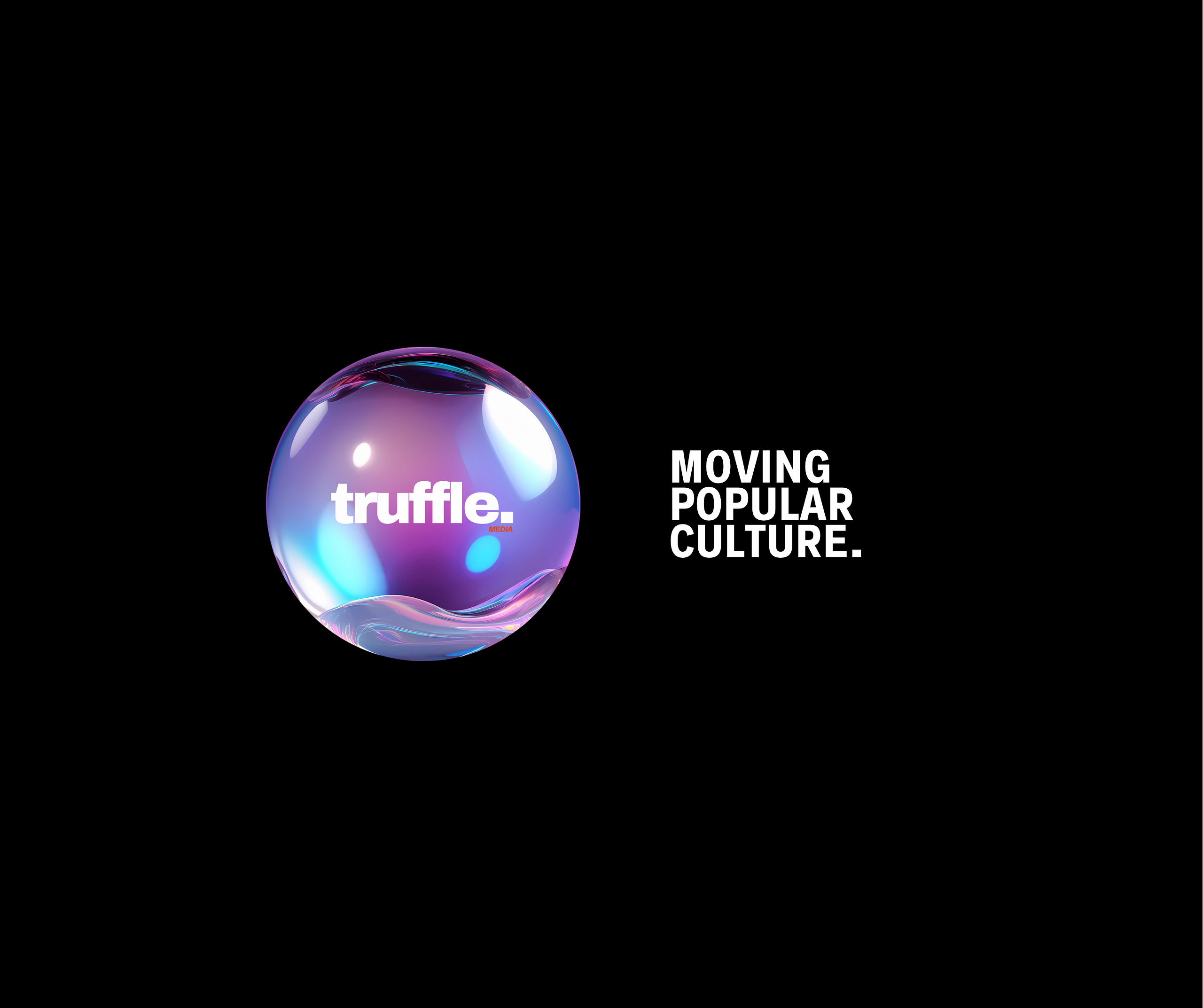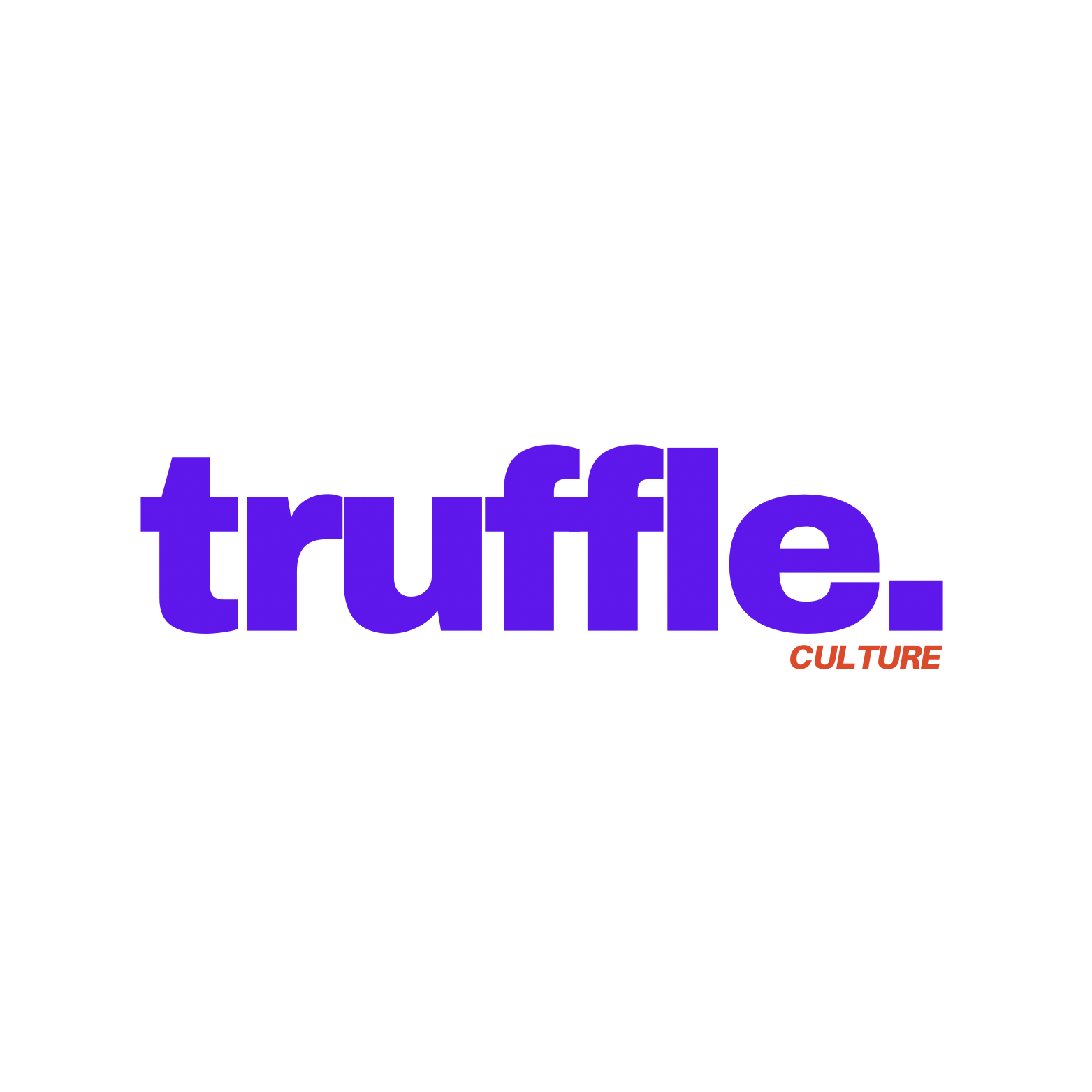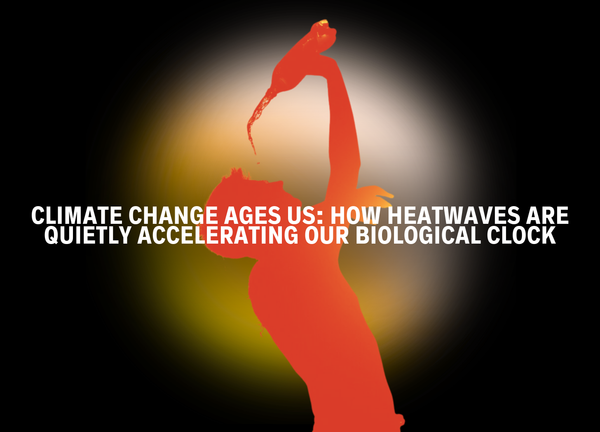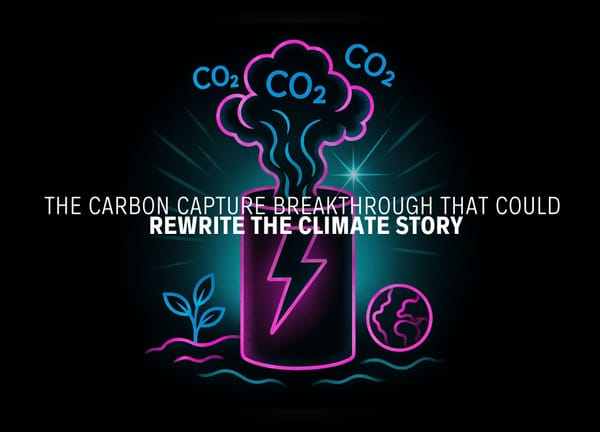The Resurgence of Analog in a Digital World
The Context
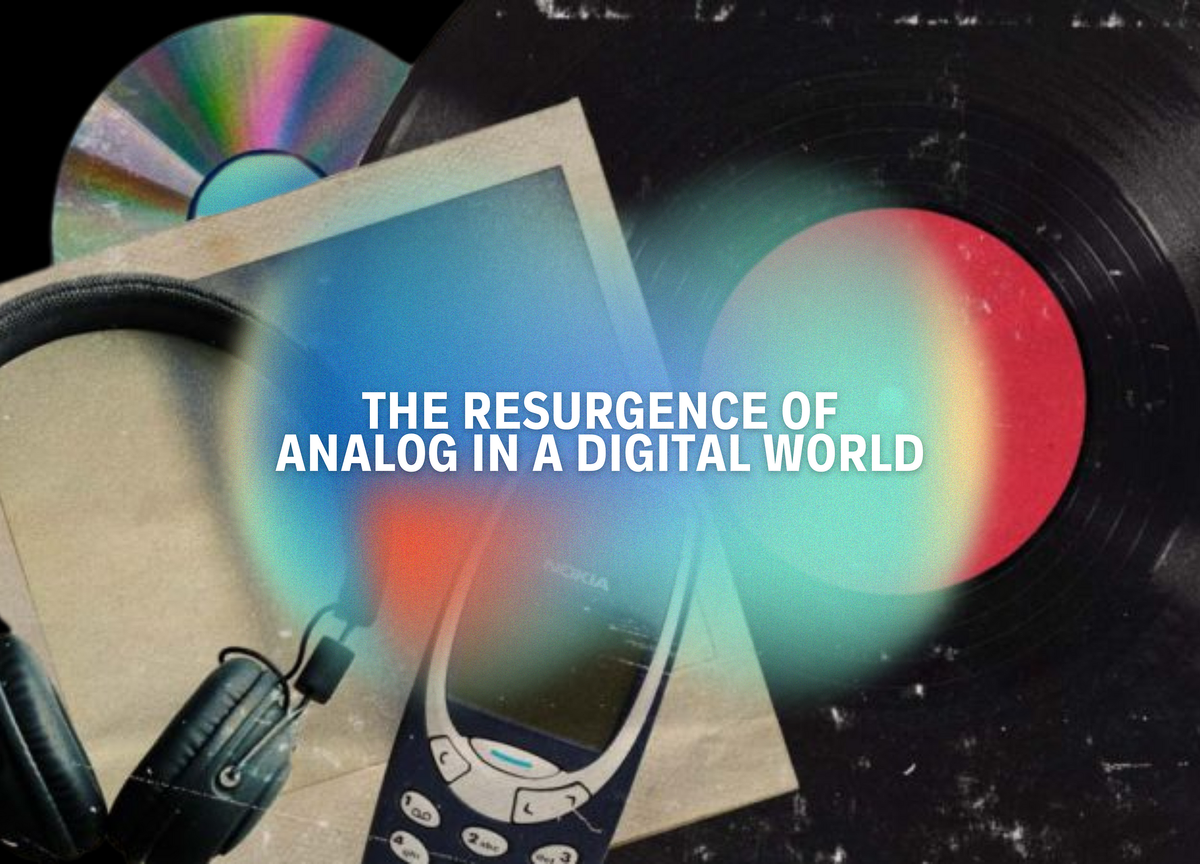
The Context
Picture it: a needle drops onto a vinyl record, its crackle cutting through the sterile hum of a smartphone. A Polaroid camera whirs to life, spitting out a square of film that slowly blooms into memory. In coffee shops and living rooms, journals fill with looping cursive, each stroke a quiet defiance against the keyboard’s click. In 2025, analog isn’t just hanging on — it’s thriving. Vinyl sales jumped 29% last year, according to the Recording Industry Association of America, while Polaroid’s latest report shows instant camera purchases up 15%. Bookstores are seeing a surge in fountain pen sales, and independent record shops are opening at a pace not seen since the 1980s.
But why, in a world of instant streams and cloud-stored lives, are we reaching for tools that demand patience, imperfection, and presence? At Truffle Culture, we see this resurgence as more than just nostalgia. It’s a quiet rebellion — a conscious act of reclaiming agency in an age where algorithms shape our tastes and screens mediate our experiences. To understand this movement, we need to trace its roots and ask what it’s really telling us. What does the analog revival reveal about our hunger for authenticity — and how does it challenge the digital dogma of our time?
The Roots of Analog’s Return
The pull of analog isn’t new; it’s cyclical, woven into the fabric of cultural resistance. In the 19th century, the Arts and Crafts movement, led by William Morris, pushed back against industrial mass production, celebrating the human touch over mechanized efficiency. The counterculture of the 1960s embraced vinyl and typewriters as symbols of authenticity against corporate conformity. Today’s analog resurgence echoes those earlier moments — but the backdrop is distinctly modern.
The digital age, for all its miracles, has left us overwhelmed. Notifications scatter our focus; social media feeds curate our desires. A 2024 study from Pew Research Center found that 62% of adults feel “overwhelmed” by digital life, craving moments of disconnection. Enter analog: tactile, slow, and real. A vinyl record insists you sit with its 40-minute arc instead of swiping past tracks. A film photograph forces you to wait, to trust the unseen process, unlike the instant gratification of a filtered selfie. Journaling, with its smudges and scratched-out words, invites a vulnerability no app can replicate.
Still, this revival isn’t just escapism. It’s a reaction to a paradox: the more connected we become, the more we crave what feels real. Analog objects — records, cameras, notebooks — are artifacts of intention. They push back against the disposability of digital ephemera, offering a sense of permanence that resonates in an era of fleeting trends. As philosopher Byung-Chul Han writes in The Burnout Society, our hyper-digital world breeds “a crisis of presence.” Analog, then, becomes a remedy — a way to anchor ourselves here and now.
The Critique: Rebellion or Privilege?
At its heart, the analog resurgence is a rebellion against the tyranny of efficiency. Digital tools prioritize speed and scale; analog demands slowness and specificity. Flipping through crates at a record shop is a tactile ritual, a far cry from Spotify’s auto-generated playlists. Loading a film camera forces mindfulness, unlike the iPhone’s burst mode. These acts are subversive precisely because they reject the frictionless ethos tech giants profit from — the kind that thrives on keeping us distracted.
But it’s worth asking: is this rebellion really for everyone, or is it a luxury? Analog can be costly — in time, money, and access. A decent turntable might cost $200; a pack of Polaroid film runs about $20 for just eight shots. The aesthetic around analog — minimalist bookstores, vinyl-lined lofts — often carries a whiff of elitism, carefully curated for Instagram’s gaze. In a 2023 essay, cultural critic Kyle Chayka warned that analog’s appeal can tip into “performative authenticity,” where using a typewriter becomes more about signaling taste than genuine creativity.
This tension deserves scrutiny. For some, analog is a lifeline — a way to reclaim mental space in a chaotic world. For others, it risks becoming just another status symbol. At Truffle Culture, we believe the true power of the analog revival lies in its potential to democratize presence, not gatekeep it. Community record swaps, free zine workshops, and public darkrooms are already pushing back against exclusivity — proving that analog’s spirit can thrive when access matters more than aesthetics.
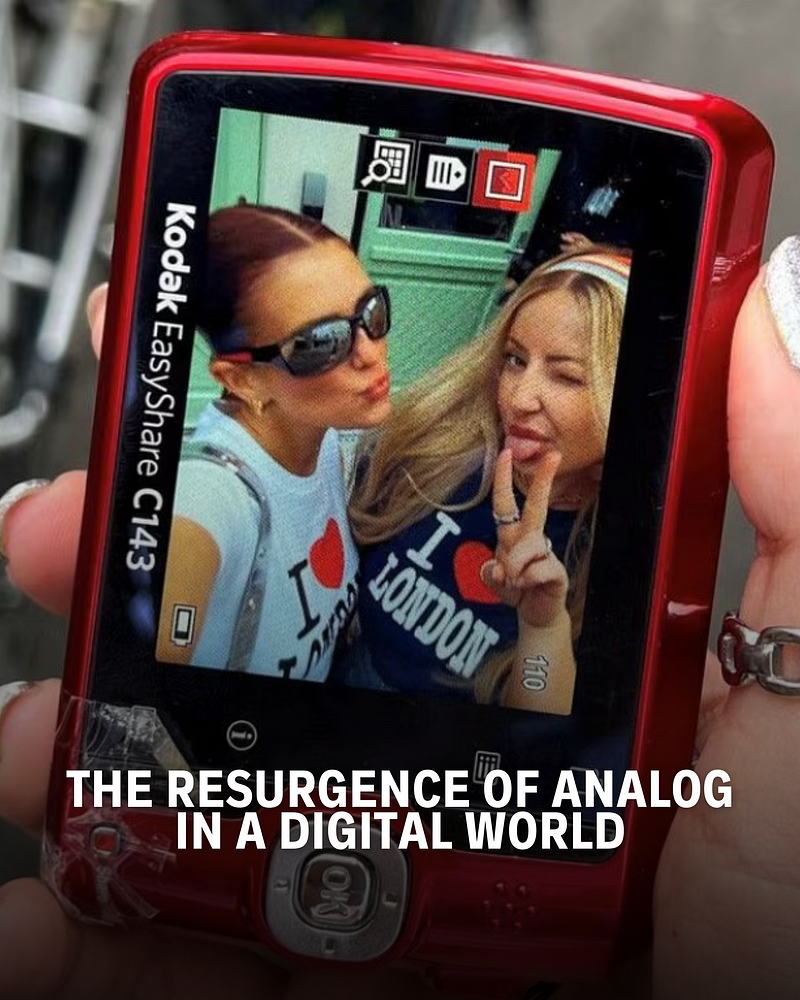
The Conversation: What Analog Teaches Us
The analog resurgence holds up a mirror to our unease with a world that moves too fast. It’s not about rejecting technology — after all, you’re reading this on a screen — but about finding a balance: weaving moments of deliberate slowness into lives otherwise driven by speed. Analog invites us to question the systems that shape us: Why let algorithms choose our music? Why value efficiency over experience? These aren’t just personal questions; they’re cultural ones, nudging us to rethink how we create, consume, and connect.
Take the vinyl revival. It’s not just about better sound quality (though audiophiles will argue that point endlessly). It’s about ritual — choosing a record, setting the needle, listening from start to finish without multitasking. It mirrors the slow food movement, where the act of cooking becomes a small rebellion against the uniformity of fast food. Analog, across its forms, invites us to savor life, to resist the pressure to optimize every second.
But the analog renaissance also challenges us to think forward. How can we carry its lessons into a digital future? Projects like open-source cassette labels and DIY film collectives suggest a path: blending analog’s intimacy with digital’s reach. The future of culture, we believe, lies in this hybrid — not in choosing one over the other, but in creating a world where both coexist, each tempering the excesses of the other.
Let’s move culture, together.
The analog resurgence isn’t just a trend; it’s a cultural reckoning. It asks us to pause, to touch, to linger in a world that demands we rush. At Truffle Culture, we see it as an invitation to rethink authenticity in an age obsessed with artifice. But we want to hear from you: What analog ritual anchors you in the digital flood? Is it the scratch of a pen, the weight of a book, the hum of a record? Share your rituals in the comments — let’s explore what this revival means for the culture we’re building together.
